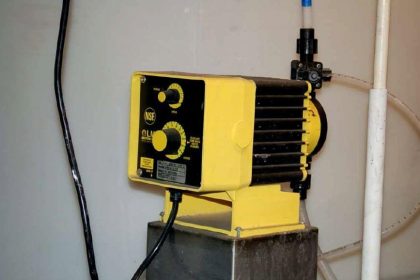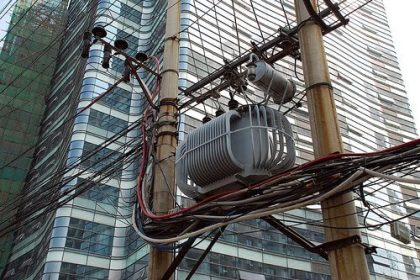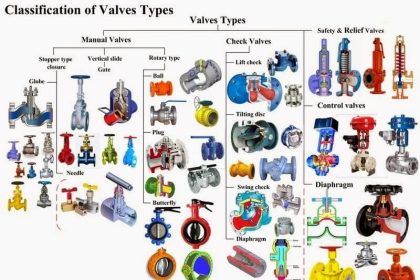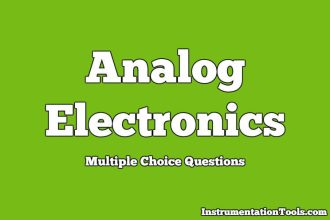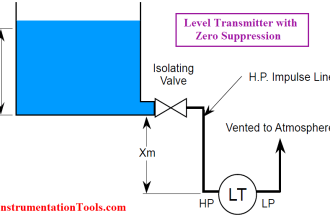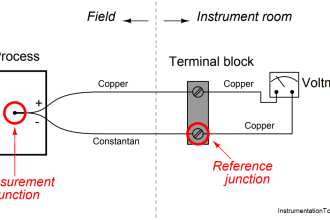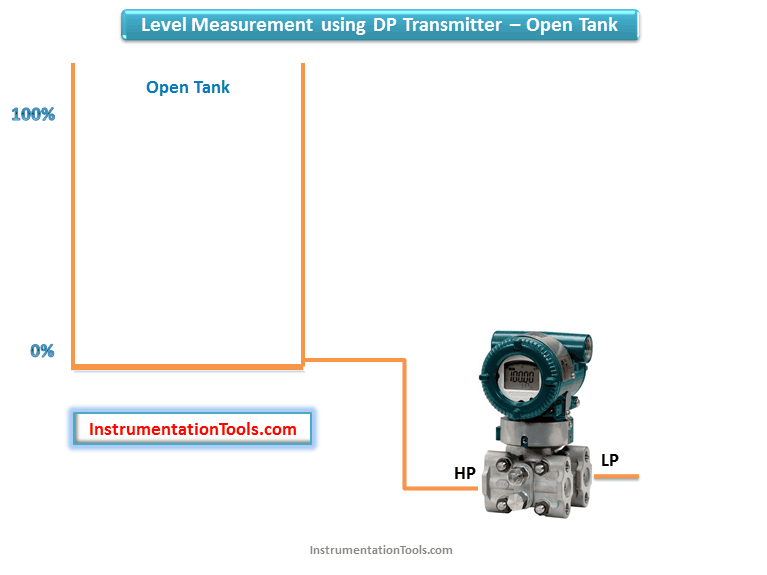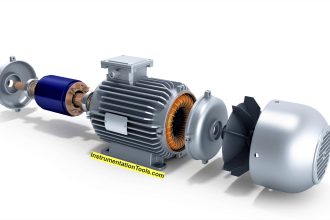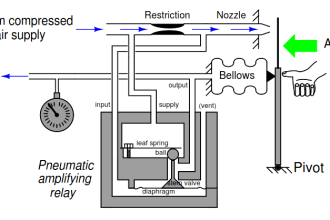Electric motor is a machine which converts electric energy into mechanical energy. Its action is based on the principle that when a current-carrying conductor is placed in a magnetic field, it experiences a mechanical force whose direction is given by Fleming’s Left-hand Rule and whose magnitude is given by F = BIl Newton.
Types of AC Motors
Classification Based On Principle of Operation:
(a) Synchronous Motors.
- Plain
- Super
(b) Asynchronous Motors.
- Induction Motors:
(a) Squirrel Cage
(b) Slip-Ring (external resistance).
- Commutator Motors:
(a) Series
(b) Compensated
(c) Shunt
(d) Repulsion
(e) Repulsion-start induction
(f) Repulsion induction
Classification Based On Type of Current:
- Single Phase
- Three Phase
Classification Based On Speed of Operation:
- Constant Speed.
- Variable Speed.
- Adjustable Speed.
Classification Based On Structural Features:
- Open
- Enclosed
- Semi-enclosed
- Ventilated
- Pipe-ventilated
- Riveted frame-eye etc.
Types of DC Motor
Most common DC motor types are-
1. Permanent-magnet motors
2. Brushed DC Motor
- DC shunt-wound motor
- DC series-wound motor
- DC compound motor
- Cumulative compound
- Differentially compounded
- Permanent magnet DC motor
- Separately excited
3. Brushless DC Motor
4. Coreless or ironless DC motors
5. Printed armature or pancake DC motors
6. Universal motors
Overview of AC Motors
1.Synchronous Motors & its Uses: Because its speed remains constant under varying loads, it is used for driving continuously-operating equipment at constant speed. These motors have the rotor (which is connected to the load) rotating at the same speed as the speed of rotation of the stator current. In other words, we can say these motors don’t have slip with respect to the stator current. They are sometimes used no to drive the load but instead act as “synchronous condenser”, to improve the power factor of the local grid to which it is connected to. These kind of motors are used even in high precision positioning devices like modern robots, ammonia and air compressors, motor-generator sets, continuous rolling mills, paper and cement industries. They can also act as stepper motors.
2. Asynchronous Motors & it’s Uses:The most common form of motor which is used in everyday life from pumping water up the overhead tank to power plant boiler feed pumps, these kind of motors rule. These motors are very flexible to use and matches the load demand almost for everything. The most widely used Induction Motors are very important for many industries due to their load bearing capacity and flexibility. These motors, unlike synchronous motors, slip when compared to the stator current field. They are generally used for various types of pumps, compressors and acts as prime movers for many types of machinery.
3. Single & Three Phase Motors and their Uses:The A.C. Motors can find their usage in 2 forms based on their power supply. The single phase motors are generally found their use in low power requirements/domestic appliances like ceiling fans, mixer grinders, portable power tools etc. The three phase motors are generally found for high power requirements like power drives for compressors, hydraulic pumps, air conditioning compressors, irrigation pumps and many more.
4. Constant, Variable & Adjustable Speed Motors:As already said, A.C. Motors are highly flexible in many ways including their speed control. There are motors which should be run at a constant speed for air compressors. Certain cooling water pumps driven by a.c. motors can be run at two or three speeds by just switching the number of poles used. If the number of poles is changed then the speed also changes. These serve best for sea water cooling pumps in marine engine room applications & many power plants. The speed of the motors can also be varied continuously by some electronic arrangements thus this can be suited for certain applications like a ship’s cargo pump, whose discharge rate has to lowered as per the terminals requirement.
5. Varied Structure Motors: These types of motors have different outer cage arrangements, depending upon the usage or any special industrial requirement. For motors used in gas and oil terminals, the casing must be of intrinsically safe, thus it may either have a enclosed casing or a pipe ventilated arrangement such that the sparks produced inside the motor does not cause a fire outside it. Also many motors are totally enclosed as it may be open to weather like those used in hydro-electric power plants.
Overview of DC Motors
1. Permanent-magnet motors
A permanent-magnet motor does not have a field winding on the stator frame, instead relying on permanent magnets to provide the magnetic field against which the rotor field interacts to produce torque. Compensating windings in series with the armature may be used on large motors to improve commutation under load. Because this field is fixed, it cannot be adjusted for speed control. Permanent-magnet fields (stators) are convenient in miniature motors to eliminate the power consumption of the field winding. Larger DC motors are of the “dynamo” type, which have stator windings. Historically, permanent magnets could not be made to retain high flux if they were disassembled; field windings were more practical to obtain the needed amount of flux. However, large permanent magnets are costly, as well as dangerous and difficult to assemble; this favors wound fields for large machines.
To minimize overall weight and size, miniature permanent-magnet motors may use high energy magnets made with neodymium or other strategic elements; most such are neodymium-iron-boron alloy. With their higher flux density, electric machines with high energy permanent magnets are at least competitive with all optimally designed singly-fed synchronous and induction electric machines. Miniature motors resemble the structure in the illustration, except that they have at least three rotor poles (to ensure starting, regardless of rotor position) and their outer housing is a steel tube that magnetically links the exteriors of the curved field magnets.
2. D.C. Series Motor. Since it has high starting torque and variable speed, it is used for heavy duty applications such as electric locomotives, steel rolling mills, hoists, lifts and cranes.
3. D.C. Shunt Motor. It has medium starting torque and a nearly constant speed. Hence, it is used for driving constant-speed line shafts, lathes, vacuum cleaners, wood-working machines, laundry washing machines, elevators, conveyors, grinders and small printing presses etc.
4. Cumulative Compound Motor. It is a varying-speed motor with high starting torque and is used for driving compressors, variable-head centrifugal pumps, rotary presses, circular saws, shearing machines, elevators and continuous conveyors etc.
5. Brushless DC motors
Some of the problems of the brushed DC motor are eliminated in the brushless design. In this motor, the mechanical “rotating switch” or commutator/ brushgear assembly is replaced by an external electronic switch synchronized to the rotor’s position. Brushless motors are typically 85–90% efficient or more (higher efficiencies for a brushless electric motor, of up to 96.5%, were reported by researchers at the Tokai University in Japan in 2009), whereas DC motors with brushgear are typically 75–80% efficient.
Modern DC brushless motors range in power from a fraction of a watt to many kilowatts. Larger brushless motors up to about 100 kW rating are used in electric vehicles. They also find significant use in high-performance electric model aircraft.
Brushless DC motors are commonly used where precise speed control is necessary, as in computer disk drives or in video cassette recorders, the spindles within CD, CD-ROM (etc.) drives, and mechanisms within office products such as fans, laser printers and photocopiers.
